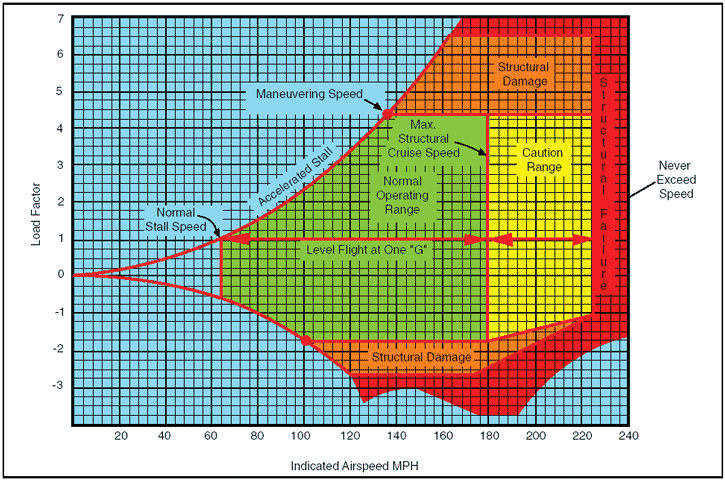For some reason I'm having trouble wrapping my brain around this:
Va is the speed at which the airplane will stall before exceeding its design limit-load factor in turbulent conditions or when the flights controls are suddenly and fully deflected in flight.
So this means that the plane will STALL before it experiences structural damage at this speed (given certain weight, speeds, etc)?
Can anyone explain this in really simple terms?
(I have a cold so I'm going to use that as my excuse for having trouble getting this).
TIA everyone!
Va is the speed at which the airplane will stall before exceeding its design limit-load factor in turbulent conditions or when the flights controls are suddenly and fully deflected in flight.
So this means that the plane will STALL before it experiences structural damage at this speed (given certain weight, speeds, etc)?
Can anyone explain this in really simple terms?
(I have a cold so I'm going to use that as my excuse for having trouble getting this).
TIA everyone!



 Kim, that's so funny and cute!).
Kim, that's so funny and cute!). 
